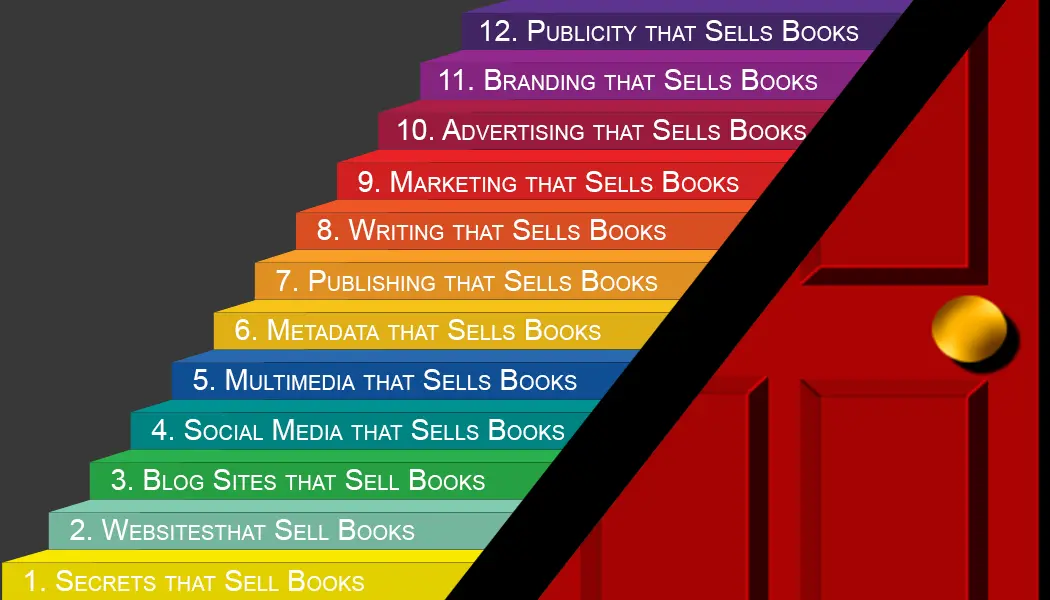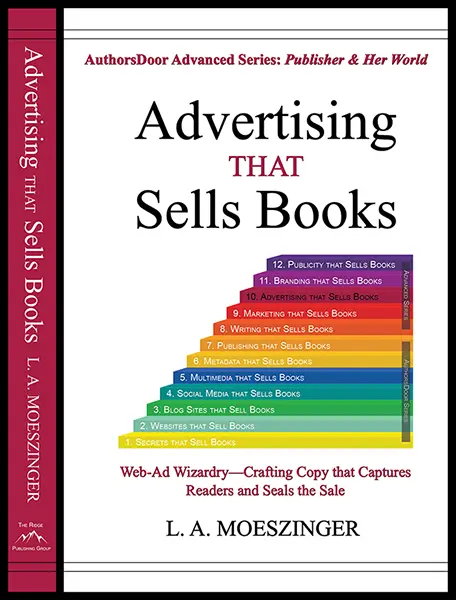In the fast-paced, crowded world of marketing, advertising can either be a brand’s greatest asset or its most costly mistake. The ultimate goal of any campaign is simple: to sell. However, selling through advertising requires more than just catchy slogans or eye-catching visuals. It takes strategy, psychology, creativity, and careful planning to turn a campaign into a conversion machine. This guide will walk you through the essential elements of advertising that sells, helping you craft impactful messages that not only attract attention but drive real results.
What Is Advertising That Sells?
At its core, advertising that sells is about more than just raising brand awareness or creating an emotional connection. It’s about creating action-oriented messages that compel the audience to take a specific step—whether it’s making a purchase, subscribing to a service, or visiting a website. These ads don’t just tell people about your product—they convince them they need it and, most importantly, motivate them to act.
Advertising that sells combines the right creative elements (like visuals and messaging) with the right strategies (like audience targeting and offers) to produce measurable outcomes.
The Core Principles of Advertising That Sells
- Understand Your Audience
Successful advertising starts with a deep understanding of your target market. What are their pain points, desires, and interests? What motivates them to act?- Use data from customer surveys, social media insights, and buyer personas to build a clear picture of who you’re speaking to.
- Segment your audience to tailor your ads for different demographics or behaviors.
- Clear and Compelling Messaging
The message must be clear, concise, and benefit-driven. Focus on the problem your product solves or the value it adds. Consumers need to know what’s in it for them right away.- Use a strong hook in your headlines to grab attention.
- Make sure your ad answers the question, “Why should I care?”
- Highlight Urgency and Scarcity
Ads that convey a sense of urgency or limited availability encourage faster decisions.- Use phrases like “Limited Time Offer,” “Only a Few Left,” or “Act Now.”
- Highlight seasonal promotions or time-sensitive discounts.
- Strong Call to Action (CTA)
A CTA is a must for any ad that sells. Whether it’s “Buy Now,” “Learn More,” or “Subscribe Today,” your CTA must guide the audience toward the desired action.- Keep the CTA short, action-oriented, and clear.
- Position it prominently within the ad.
- Visual Appeal and Brand Consistency
High-quality visuals make an ad more memorable and engaging. Use images, colors, and typography that align with your brand’s identity to build trust and recognition.- Videos and interactive content can also boost engagement.
- Maintain a consistent visual theme across all advertising channels to reinforce brand identity.
Crafting an Ad That Sells: Step-by-Step Process
Step 1: Define Your Goals
- Are you aiming to increase sales, generate leads, or boost traffic to your website?
- Establish clear, measurable objectives for each campaign.
Step 2: Select the Right Advertising Platform
- Choose platforms that align with your audience’s behavior and preferences. Popular channels include:
- Social media (Instagram, Facebook, Twitter, LinkedIn)
- Search engines (Google Ads, Bing Ads)
- Email campaigns
- TV, radio, and print advertising
- Influencer marketing
Step 3: Craft Your Message and Offer
- Develop ad copy that focuses on your unique selling proposition (USP)—what sets your product or service apart.
- Create irresistible offers (e.g., discounts, free shipping, bundles) that make it easy for your audience to say yes.
Step 4: Design with Purpose
- Use visuals and layout techniques that draw attention to the product and CTA.
- Keep the design clean and uncluttered, with text that is easy to read and visual elements that complement the message.
Step 5: Test and Optimize
- Run A/B tests to see which versions of your ads perform better.
- Test different headlines, CTAs, visuals, and offers.
- Monitor click-through rates (CTR), conversion rates, and engagement metrics. Adjust your strategy based on the data.
Types of Advertising That Sells
- Direct-Response Advertising
- Designed to get an immediate response, such as a purchase or a sign-up.
- Examples: Paid search ads, email campaigns, and Facebook ads with “Shop Now” CTAs.
- Brand Awareness Advertising with a Sales Twist
- While brand awareness campaigns are usually long-term plays, they can include strong CTAs to drive action.
- Examples: Display ads that link to a seasonal sale or an introductory offer.
- Influencer Advertising
- Partner with influencers to promote products through authentic recommendations.
- Influencer ads often feel more personal and trustworthy, driving conversions.
- Retargeting Ads
- These ads target people who have already shown interest by visiting your website or interacting with your brand online.
- Retargeting ads keep your product top of mind and drive higher conversion rates.
Psychological Triggers in Advertising That Sells
- FOMO (Fear of Missing Out): Urgency and scarcity make consumers feel like they’ll miss out if they don’t act quickly.
- Social Proof: Display testimonials, reviews, or user-generated content to build trust and credibility.
- Reciprocity: Offering something valuable for free, like a discount or a gift, increases the chance of customers reciprocating by purchasing.
- Authority: People trust brands that position themselves as experts or leaders in their field. Use statistics, certifications, or awards to boost credibility.
Tracking Success: Key Metrics to Monitor
- Conversion Rate: Percentage of people who took the desired action (e.g., purchased or signed up).
- Click-Through Rate (CTR): Percentage of people who clicked on the ad.
- Return on Ad Spend (ROAS): Revenue generated per dollar spent on advertising.
- Cost Per Acquisition (CPA): How much it costs to gain a new customer.
- Engagement Metrics: Likes, shares, comments, and other forms of interaction with the ad.
Common Mistakes to Avoid in Advertising
- Unclear Messaging: Confusing ads won’t sell. Keep your message straightforward and focused.
- Weak Call to Action: A vague or weak CTA reduces conversions.
- Not Testing Variations: Failing to test different versions of your ads leaves money on the table.
- Ignoring Mobile Users: Ensure your ads are optimized for mobile devices, as most users engage with ads on their phones.
- Overloading with Information: Keep it simple. Too much information can overwhelm the audience and dilute the message.
Conclusion: Create Advertising That Converts
Effective advertising isn’t just about being creative—it’s about crafting campaigns that deliver results. Advertising that sells requires a deep understanding of your audience, clear messaging, compelling offers, and a well-designed call to action. By combining the right psychological triggers with strategic targeting, you can create ads that not only attract attention but inspire action.
Remember, successful advertising isn’t a one-time effort. It’s an ongoing process of testing, learning, and optimizing. Whether you’re running social media ads, Google campaigns, or influencer collaborations, the principles outlined in this guide will help you build campaigns that convert and achieve your business goals.
So, start planning, get creative, and watch your ads transform into powerful selling tools. After all, an ad that sells is an ad that succeeds.
___________________________________________
Take Your Author Career to the Next Level!
Are you ready to transform your writing journey and leadership skills? Subscribe to the AuthorsDoor Leadership Program Newsletter today! Receive exclusive insights, tips, and strategies directly to your inbox that are tailored to help authors succeed. Whether you’re looking to improve your marketing, enhance your writing, or lead in the literary community, our newsletter has you covered.
Subscribe Now and start leading the way in your authorial pursuits with the support and guidance from AuthorsDoor!
Connect with Fellow Authors on Facebook!
Elevate your writing and marketing strategies by joining our vibrant community on the AuthorsDoor Group Facebook page. Dive deeper and gain exclusive access by becoming a member of the AuthorsDoor Strategy Forum. Our groups are designed to foster collaboration, share industry insights, and provide support as you navigate the world of publishing.
Like our Page and Join our Group to tap into a network of dynamic authors and gain the competitive edge you need to succeed!
Stay Connected with AuthorsDoor on Social Media!
For real-time updates, exclusive tips, and a behind-the-scenes look at the world of writing and publishing, make sure to follow us on our social media channels. Connect with us at @AuthorsDoor for general insights and @AuthorsDoor1 for specialized strategies that can revolutionize the way you approach writing and marketing your books.
Follow @AuthorsDoor and Follow @AuthorsDoor1 today to enhance your authorial journey with the latest trends and tips from industry experts!
___________________________________________
Related Entries:
Email and Newsletter Marketing | Newsletters for Author-Publishers
Related Topics:
Visit our website at www.AuthorsDoor.com and our blog site at www.AuthorsRedDoor.com as you continue your author-publisher journey.


